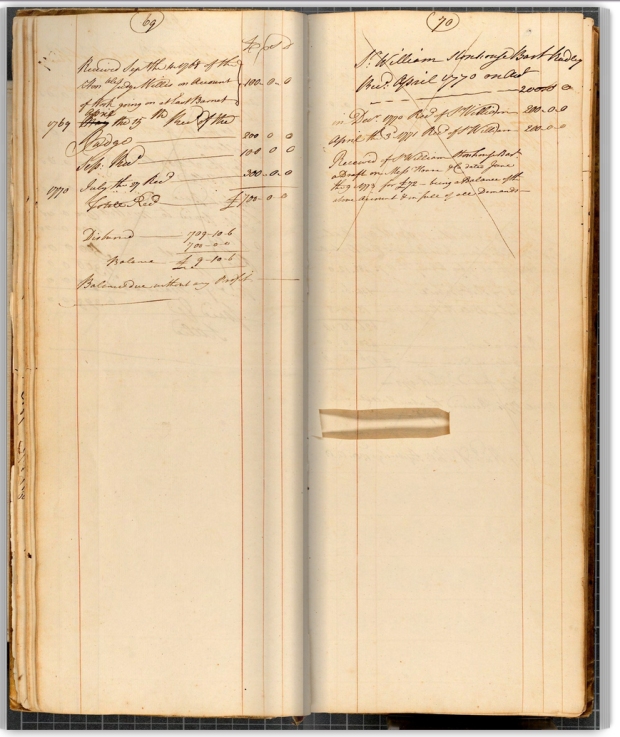In April 1770 Lancelot ‘Capability’ Brown received £200 on account from Sir William Stonhouse of Radley Hall, Berkshire. In December that year Sir William paid another £200, with a further £200 on 3 April 1771. Brown later received a draft on Sir William’s bankers, Messrs Hoare & Co., dated June 9th 1773 for a final payment of £72, which he described in his Accounts Book as ‘a balance of the above account and in full [payment] of account demands.’ The account was then crossed through in the Accounts Book, which probably signifies that the work was completed, paid for and the contract closed. There can be no doubt, therefore, that Capability Brown was employed by Sir William Stonhouse to carry out landscape ‘improvements’ at Radley Hall over four years between 1770 and 1773, with the bulk of the work probably completed within the year April 1770 to April 1771. In the year in which the Tercentenary of the birth of England’s most significant landscape garden designer is being celebrated nationally, it is time to explore the story of Radley’s lost landscape: to examine what remains, discover how it was lost and found again, and, most significantly, to ask ‘What could you buy for £672 from Capability Brown’? Read on >>>
Reconstructing Capability Brown’s work at Radley Hall: North & South views
Loss & Rediscovery: Capability Brown’s landscape at Radley
image © Royal Horticultural Society, Lindley Library
